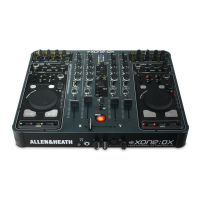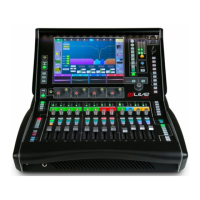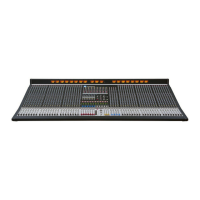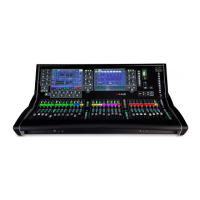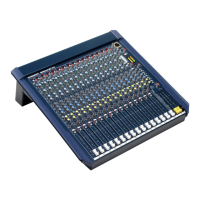ALLEN&HEATH 39 AP11645_1_XONE:96 User Guide
OPERATING LEVELS
It is most important that the system level settings are correctly set. It is well known that many DJs push the
level to maximum with meters peaking hard in the belief that they are getting the best from the system.
THIS IS NOT THE CASE
The best can only be achieved if the system levels are set within the normal operating range and not allowed to
peak. Peaking simply results in signal distortion, not more volume.
It is the specification of the amplifier / speaker system that sets the maximum volume that can be achieved, not
the console. The human ear too can fool the operator into believing that more volume is needed. Be careful as
this is in fact a warning that hearing damage will result if high listening levels are maintained.
Remember that it is the QUALITY of the sound that pleases the ear, not the VOLUME.
The diagram below illustrates the NORMAL OPERATING RANGE of the audio signal.
For normal music the signal should range between –6 and +6 on the meters with average around 0dB.
This allows enough HEADROOM for unexpected peaks before the signal hits its maximum CLIPPING voltage
and distorts. It also achieves the best SIGNAL-TO-NOISE-RATIO by keeping the signal well above the residual
NOISE FLOOR (system hiss).
The DYNAMIC RANGE is the maximum signal swing available between the residual noise floor and clipping.
An important note …
The human ear is a remarkable organ with the ability to compress or ‘shut down’ when
sound levels become too high.
Do not interpret this natural response as a reason to turn the system volume up further !
As the session wears on ear fatigue may set in, and the speaker cones may become
hot so reducing the effectiveness of the system and listeners to gain any benefit from
increased volume
!
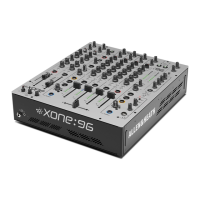
